
Baillon's Crake
Zapornia pusilla
Also known as: Marsh Crake, Koitarieke


Zapornia pusilla
Also known as: Marsh Crake, Koitarieke

The Baillon’s crake, also known as the Marsh crake, is a small native New Zealand bird,and secretive wetland dweller. About half the size of a common blackbird, this elusive rail species is rarely seen but adds intrigue to New Zealand's diverse birdlife. Its presence often goes unnoticed in the dense vegetation of swamps and marshes.
1. Rich chestnut-brown upperparts with black and white flecks
2. Bright red eyes that stand out against their plumage
3. Distinctive black-and-white barring on flanks and towards the vent
Baillon’s crakes are highly secretive, especially during breeding season. They forage for invertebrates and aquatic plant seeds in shallow water. Wetland drainage and predation by introduced mammals like cats and stoats pose significant threats to their populations. Local migrations may occur, but details of their movements remain largely unknown.
Look for baillon’s crakes in dense wetland vegetation, particularly in Carex secta Grass and raupo swamps throughout New Zealand. They're most active at dawn, dusk, and night. Listen for their calls in spring and early summer evenings. South Island wetlands offer better chances of spotting them. Tip: Patience is key \- remain quiet near wetland edges and watch for movement in the reeds.
The Baillon’s crake is a long-time resident of New Zealand's wetlands, playing a quiet but important role in the ecosystem. While not prominently featured in Māori culture, is known as koitareke to Maori. The bird's elusive nature has made it a subject of intrigue for birdwatchers and naturalists alike.
17 cm
35 g
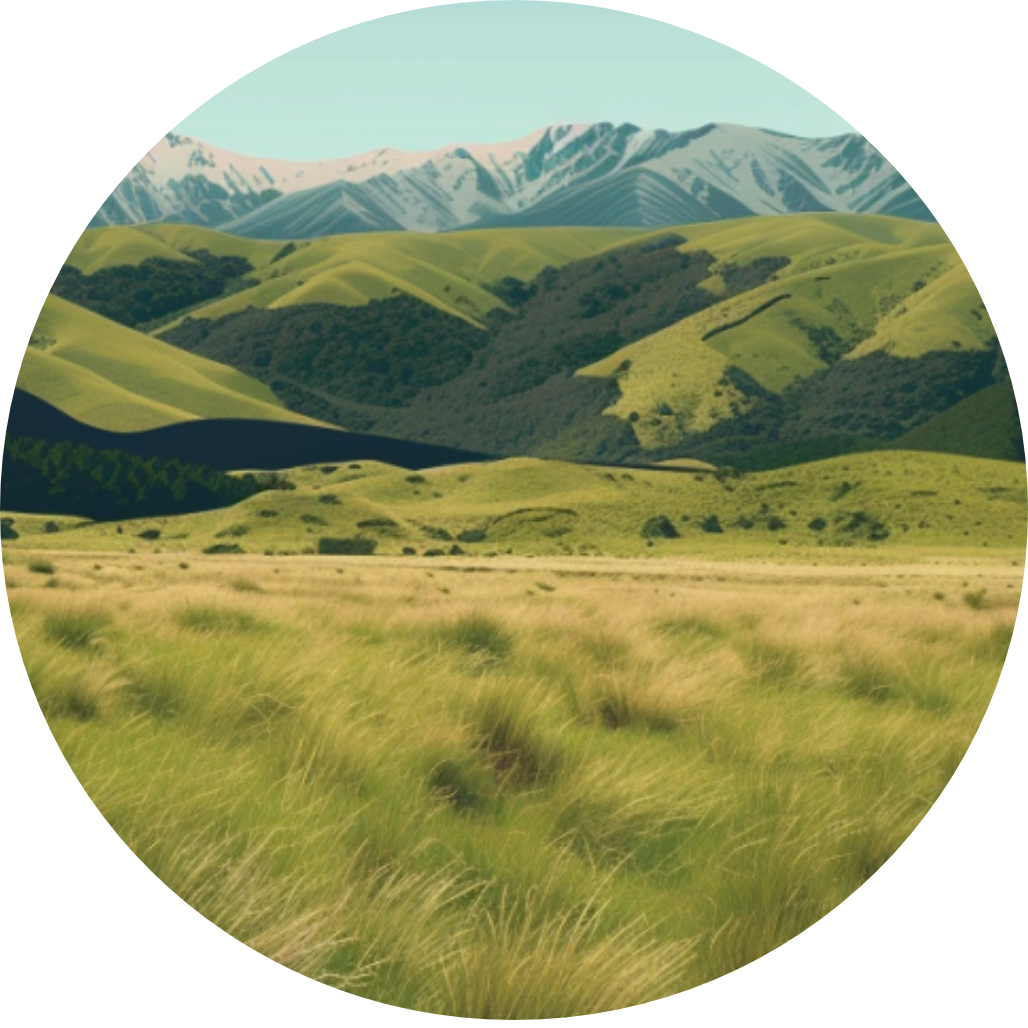
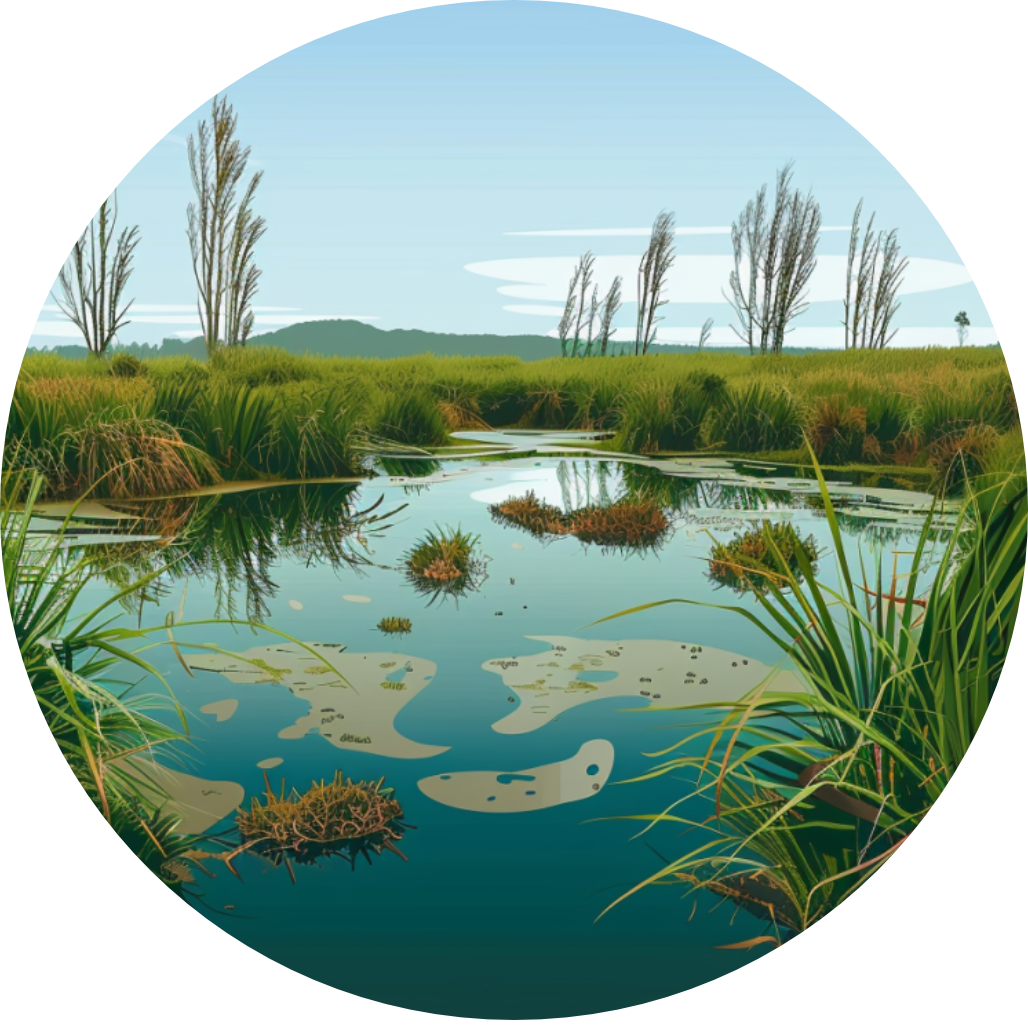
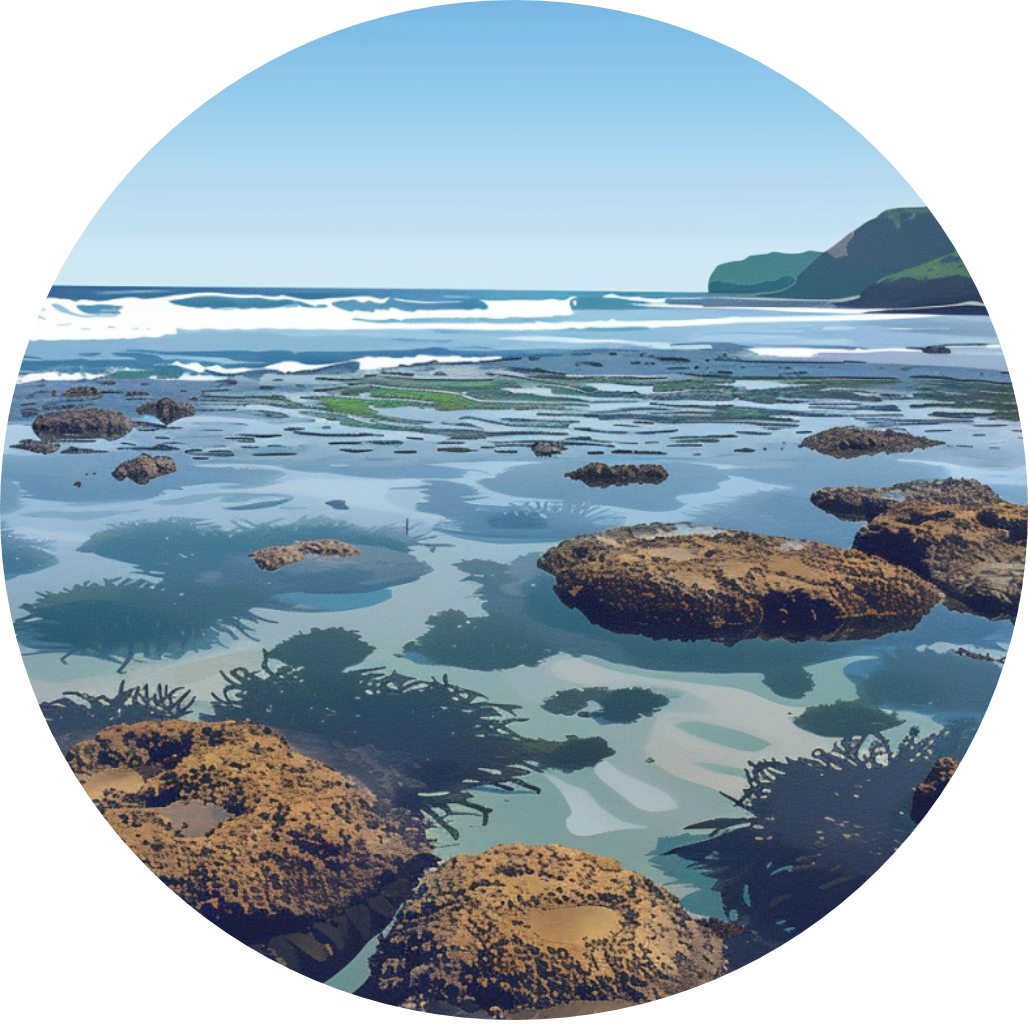
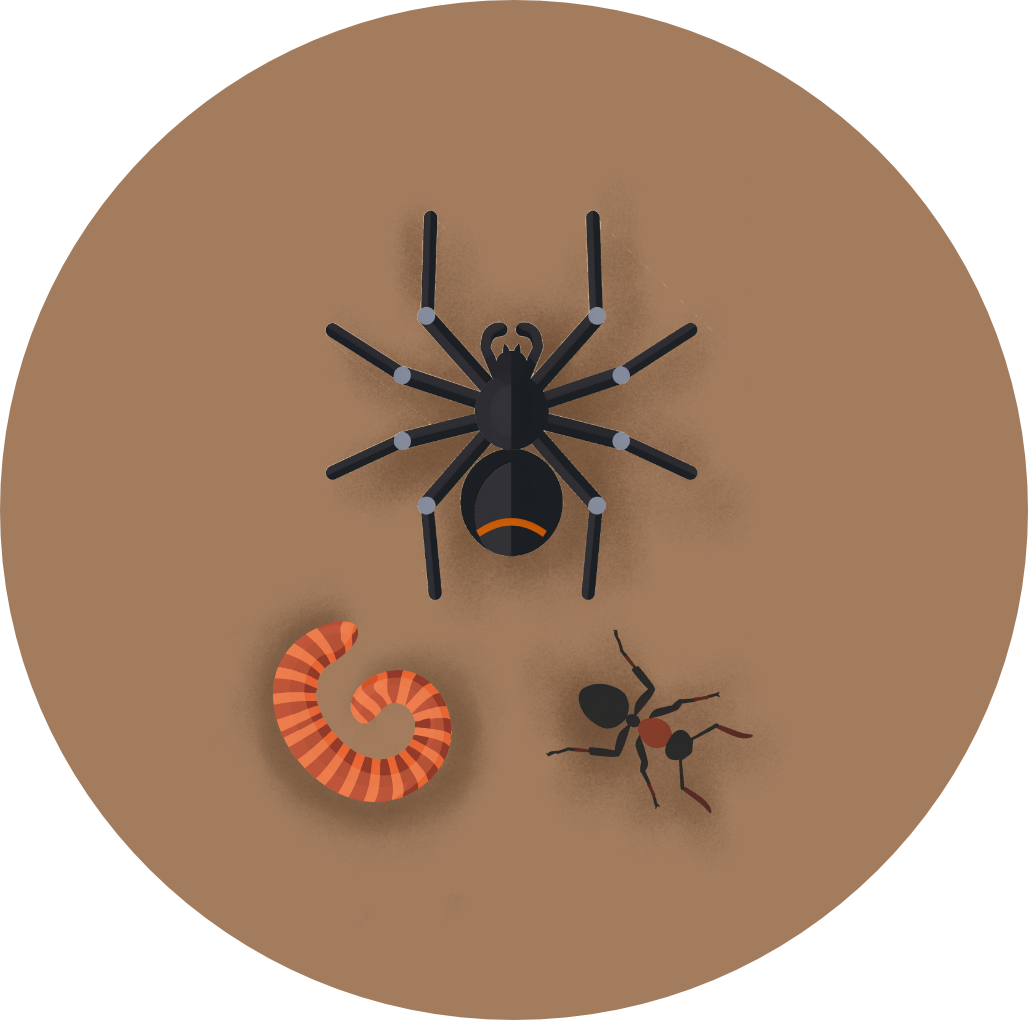
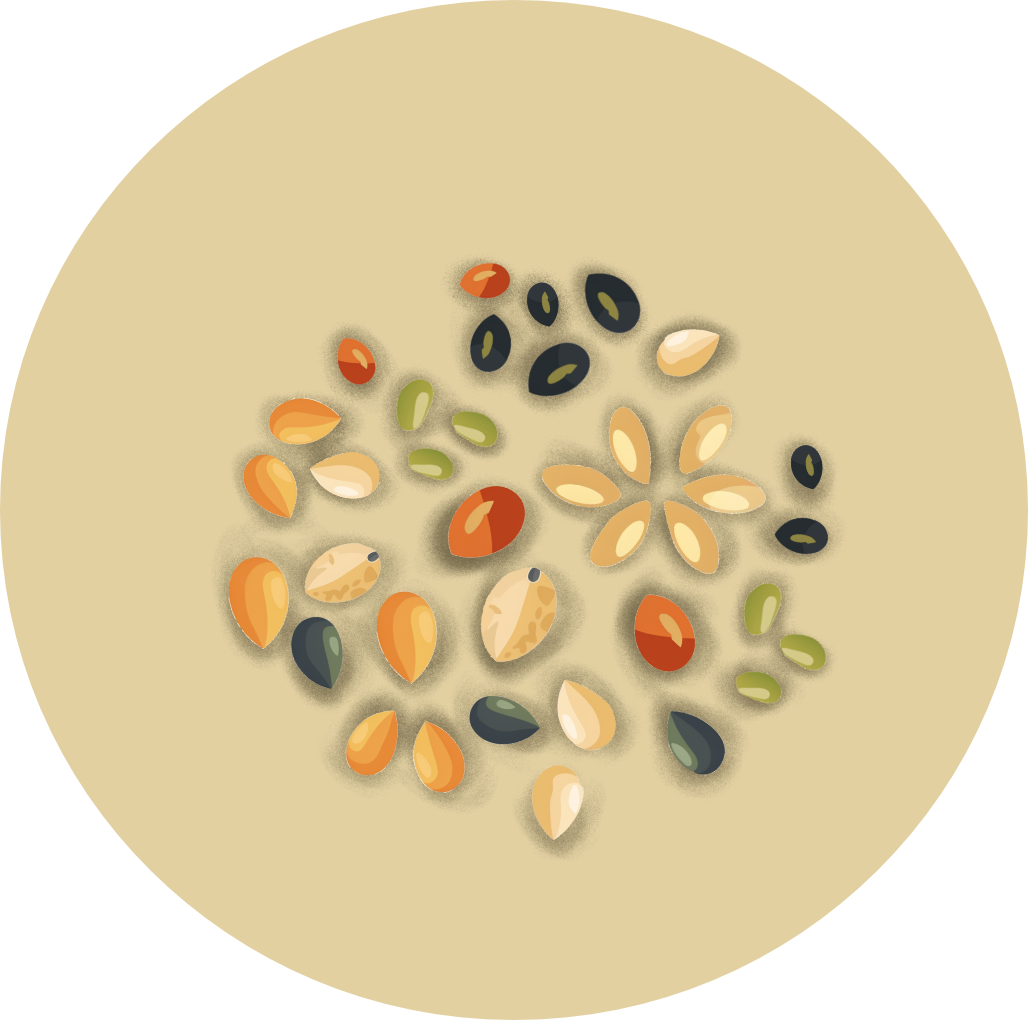

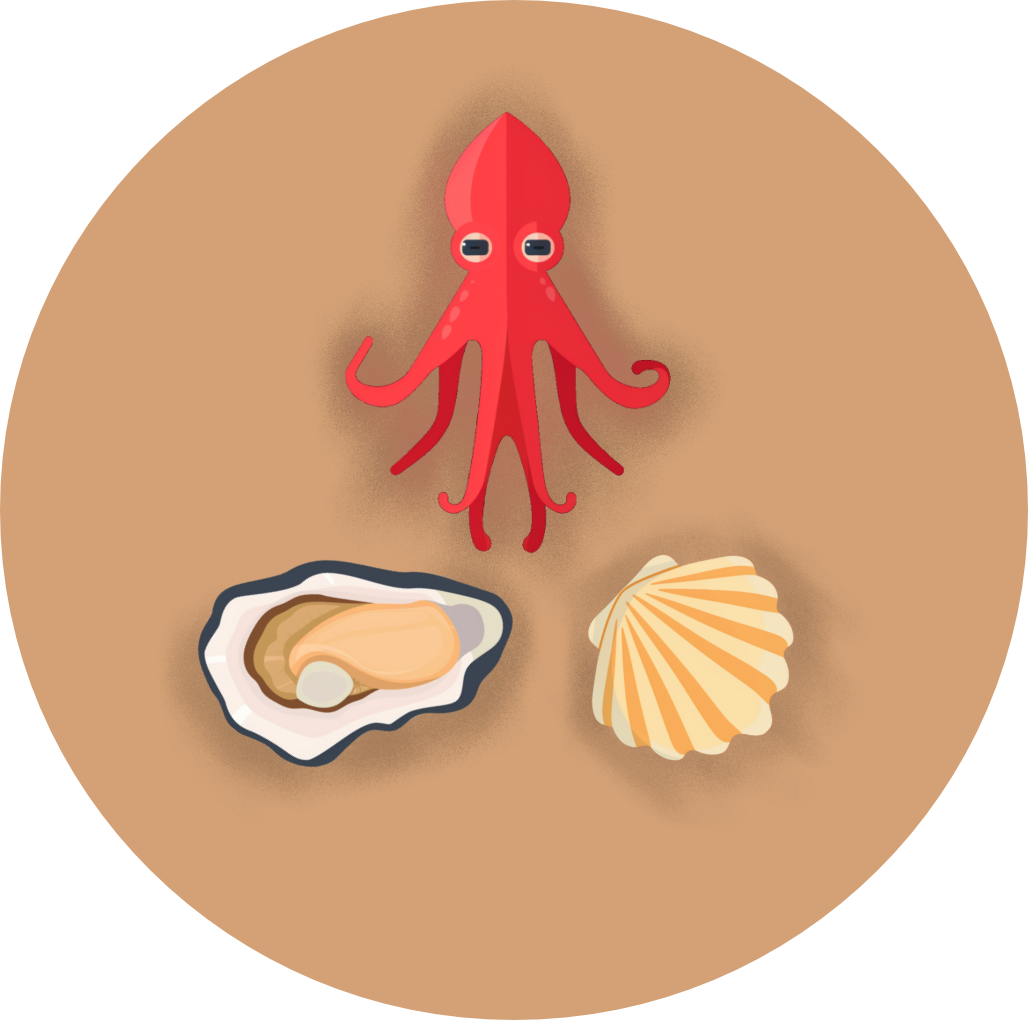
Coming Soon!
Top birding locations will be available in a future update.